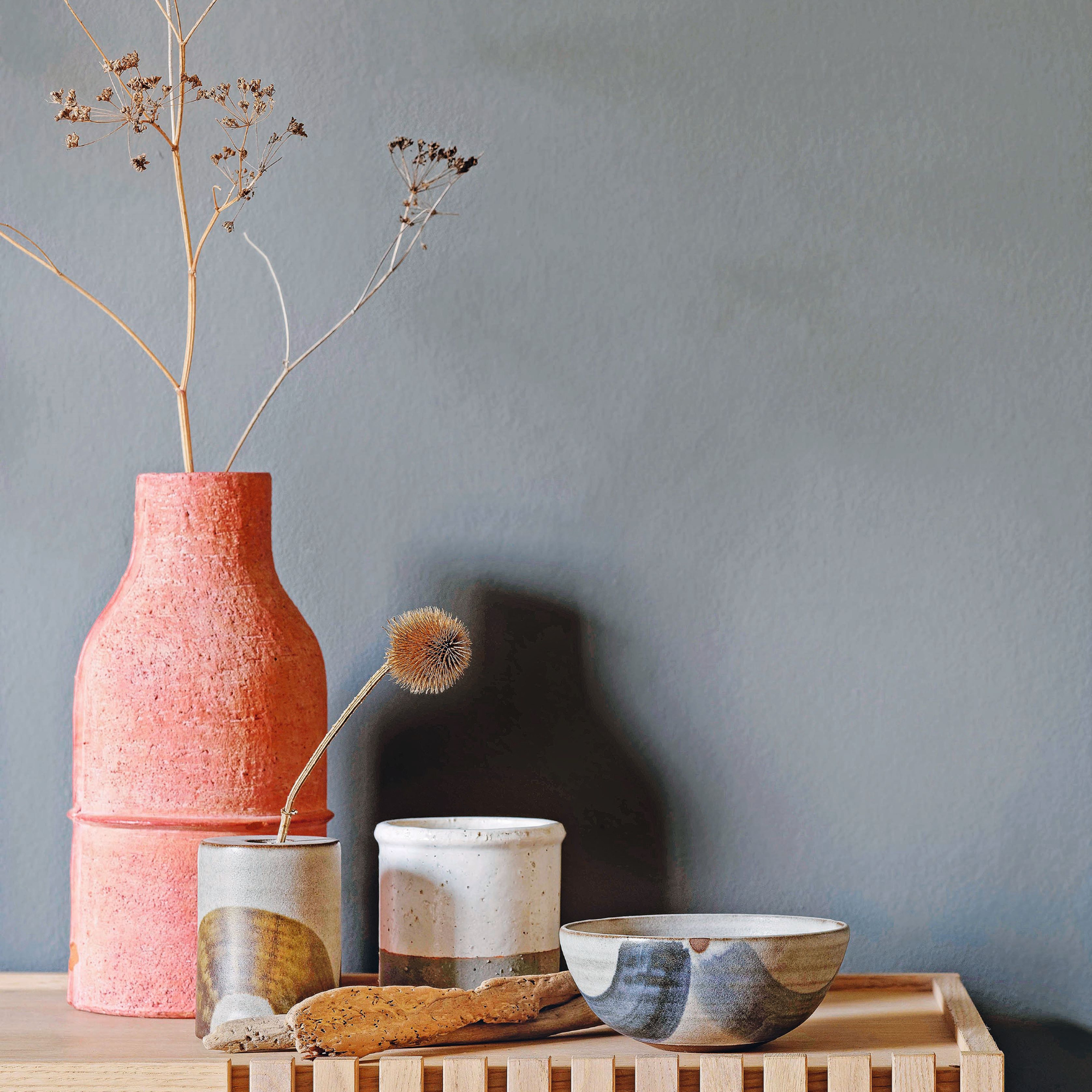
Although the art of decluttering is quickly becoming commonplace in many households, it's still easy to fall victim to a handful of decluttering mistakes during the process. However, by following the right advice, you can work towards avoiding them altogether and come out the other side victorious.
With so many decluttering methods out there – spanning from tips to declutter a house fast to a focus on detailed and meticulous decluttering checklists – it can be overwhelming trying to figure out which method is right for you. Therefore, instead of debating over what you should do, how about first knowing what you shouldn't do?
As such, we've asked professional declutterers and organisers to share the most common decluttering mistakes they see people making – and what to do instead for the best results.
1. Decluttering without a vision

After hearing the benefits of decluttering, it's no surprise so many more people want to get stuck into it; however, the reason why many people feel overwhelmed when decluttering and fail to make it a habit is because they don't have a plan.
'Without a plan, you will find yourself haphazardly decluttering with no clear strategy. This can result in procrastination, inefficient use of your time and impede your progress,' explains Jennifer Neal, APDO member and founder of Organise With Jen.
To combat this, visualise what exactly it is you want to achieve. 'Know your why and create a written plan. This is the essential first step in your decluttering journey,' says Jennifer.
2. Tackling too much at once
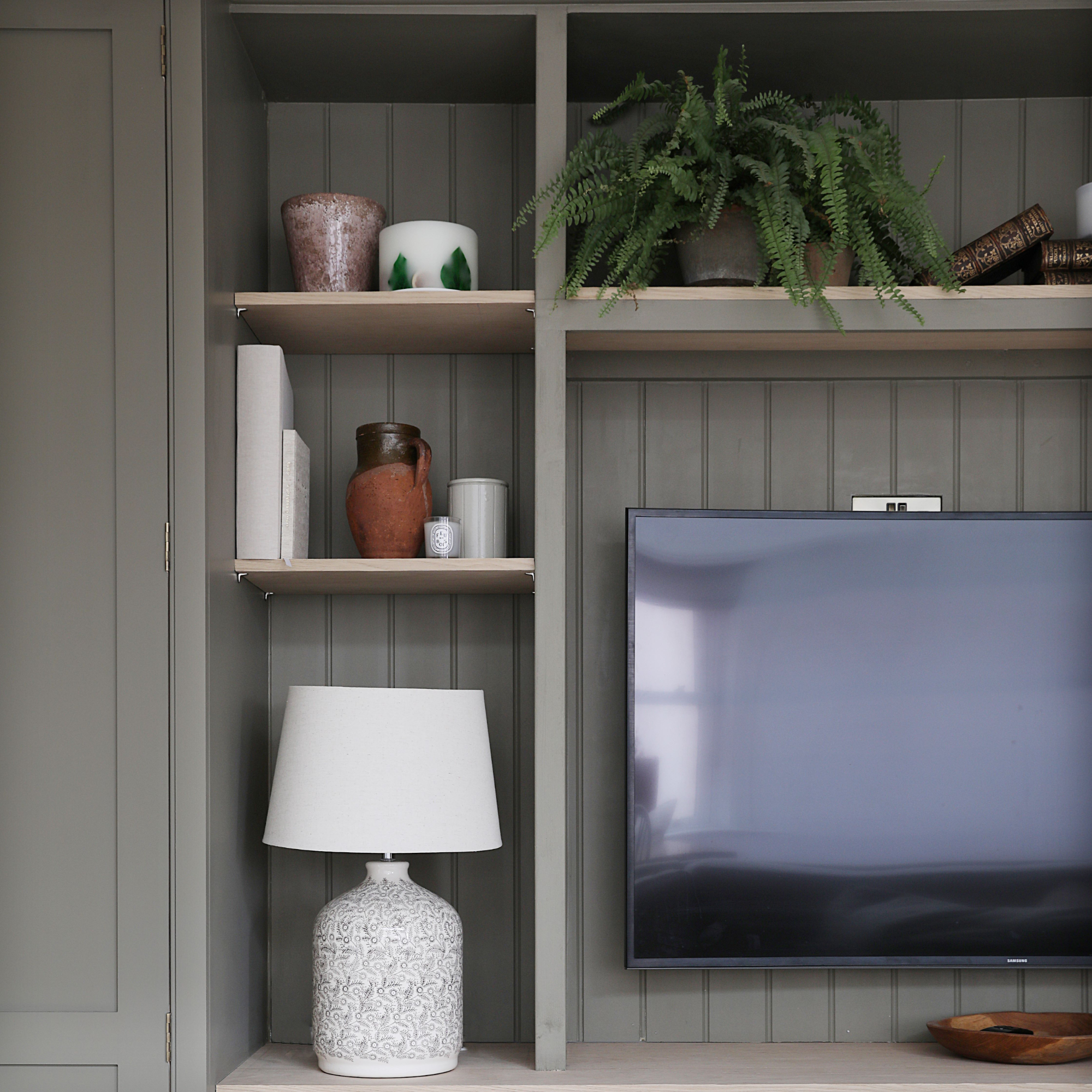
We know what it feels like to have a burst of motivation to want to get everything done and fulfil all your decluttering aspirations at once. But, this is also a sure-fire way to experience burn out – and ultimately fall out of habit completely.
Anita Fortes, APDO member and founder of A Neater Life Professional Organising warns that this 'all or nothing' attitude to decluttering can prevent you from even starting in the first place. Or worse, starting the job and having everything out, just to give up midway because it becomes too much.
'Don't put pressure on yourself to tackle a whole room in one go. Start small with a cupboard or a drawer. Celebrate all the small wins along the way,' advises Nicola Fraser, APDO member and founder of Organised Living With Nicola. For example, starting with a 10 minute decluttering stint to get you acquainted with it.
'The more you achieve, the more the momentum will build and give you the motivation to keep going.'
3. Starting with sentimental items

If you're one to hold onto everything (and we mean everything), there are specific methods in place for decluttering as a hoarder and collector – and you'll be the first to know that starting with sentimental items when decluttering is a recipe for disaster.
'Photographs, family memorabilia, letters and children's items all hold strong emotional attachments that can trigger feelings and memories connected to the past and of loved ones no longer around,' explains Jennifer. 'There can be a tendency to get easily distracted with this category and lose hours as you drift down memory lane. This all makes the process very time-consuming and the most difficult category to deal with.'
Instead, leave this category last and begin with less emotionally charged categories such as household items and decluttering your wardrobe, for example. Jennifer assures that by starting here, you can exercise your decluttering muscle and build confidence.
'By the time you come to declutter your sentimental items, you will be far more decisive and in tune with what brings you joy,' she says.
4. Buying storage without a plan
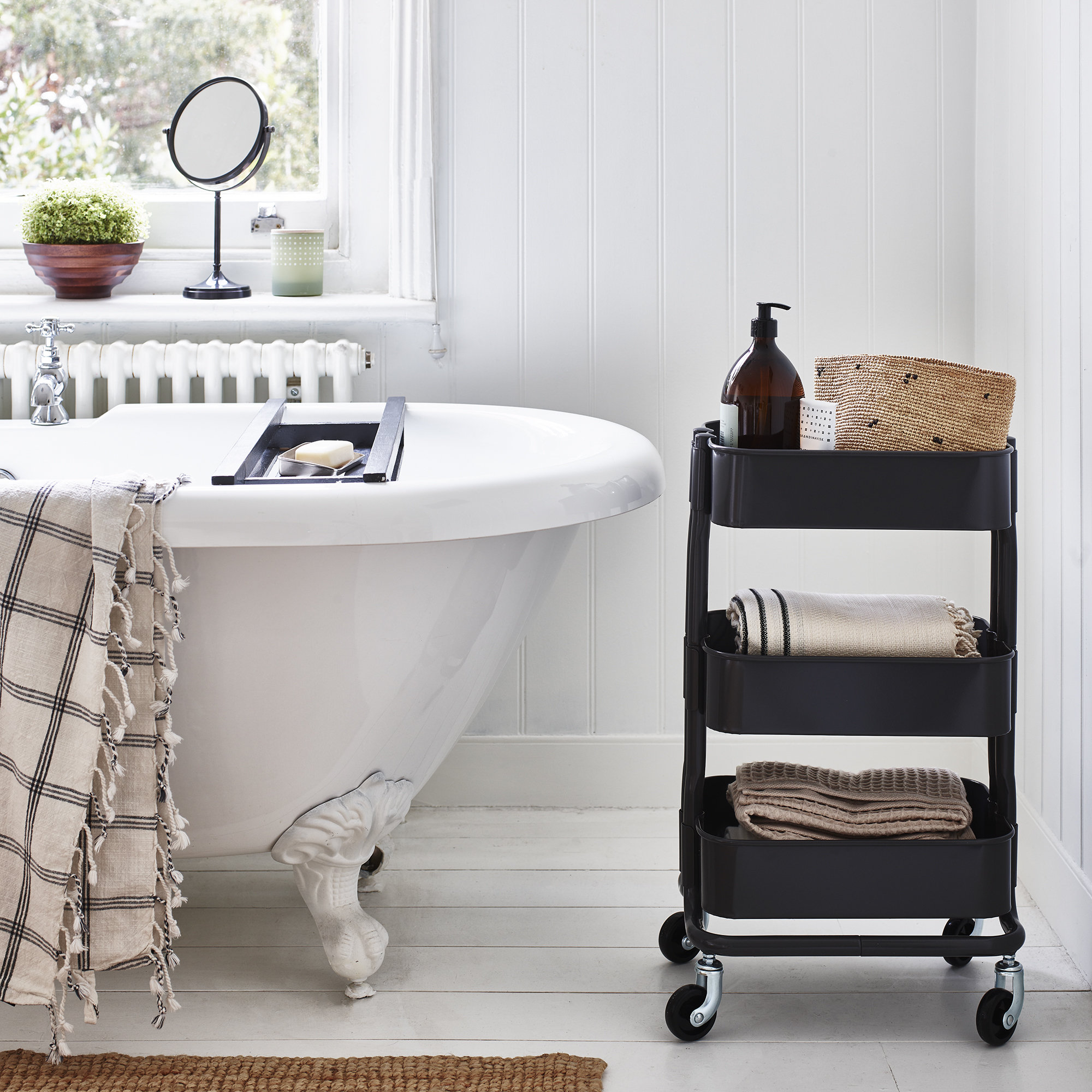
Don't get us wrong, we love an effective storage solution as much as the next person; however, there's no use in buying them blindly before you've even begun sorting through your items.
'One of the biggest mistakes made is to buy storage before decluttering. We often see lots of wonderful products purchased and not used,' notes Marie Bateson, APDO's volunteers director and founder of Cut The Clutter.
Not only will you be wasting time, money, and effort, but Victoria Nicholson, APDO member and founder of My Wardrobe Zen cautions that these 'will only add to the clutter as you don't know how many you'll need or what your space will look like once you've completed your task.'
So, to avoid accidentally re-cluttering your space, ensure you have a plan in mind and only buy storage after you've decluttered and established what you're keeping.
5. Keeping stuff 'just in case'
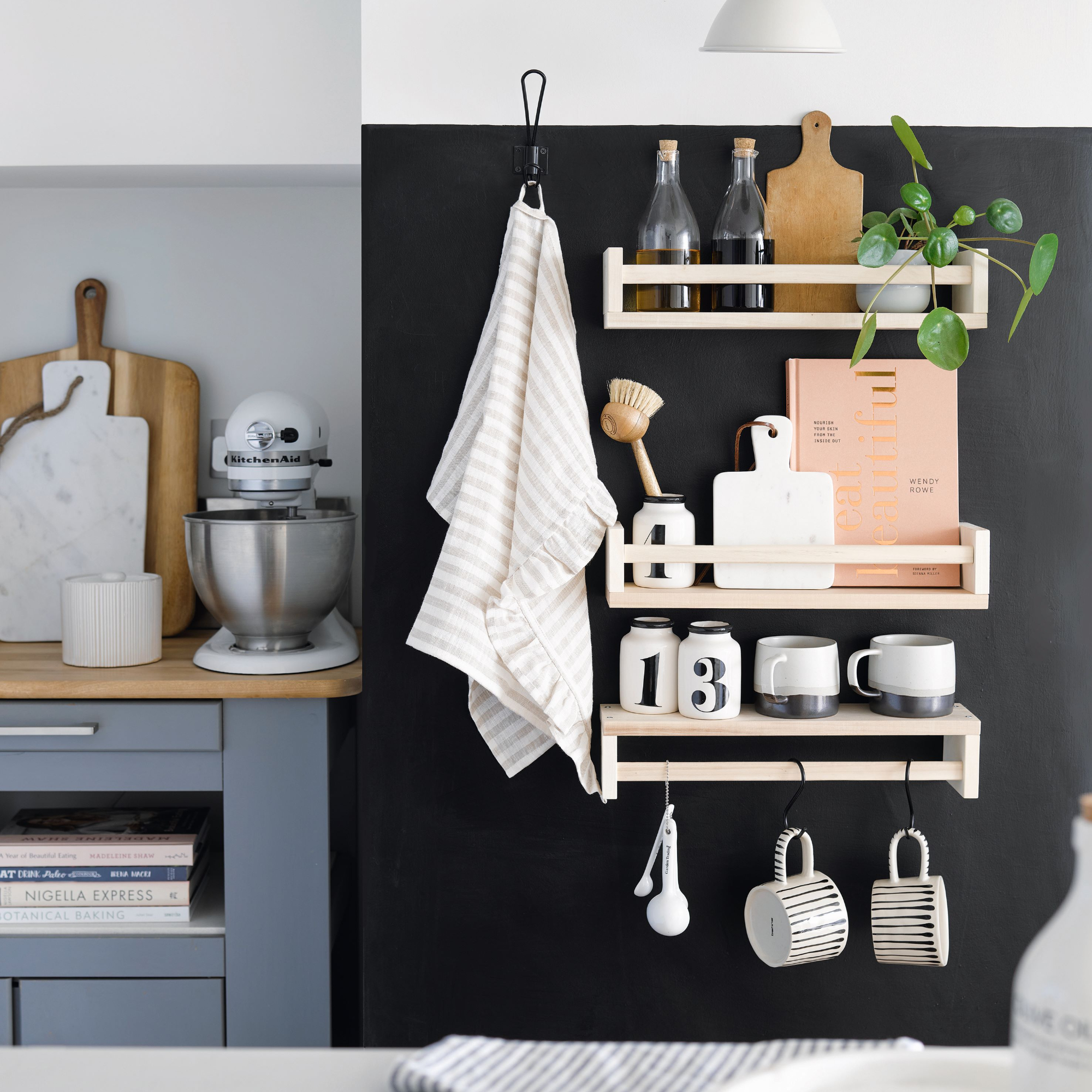
Keeping things 'just in case' is easily one of the biggest obstacles to try and tackle during the decluttering process. If you continually keep stuff around for this purpose, you'll never get rid of anything. If we had to guess, that's probably what that hidden unorganised junk drawer of yours is filled with (don't worry, we can also relate).
'If you really 'need' to keep something as you may use it or wear it again, set yourself a deadline. If it hasn't been used or worn in that time, let it go,' advises Nicola. You can even try little challenges like the 20/20 rule, which has proven helpful in getting rid of those 'just in case' items so long as you can replace it for less than £20 and in less than 20 minutes.
6. Thinking decluttering is a 'one and done' thing
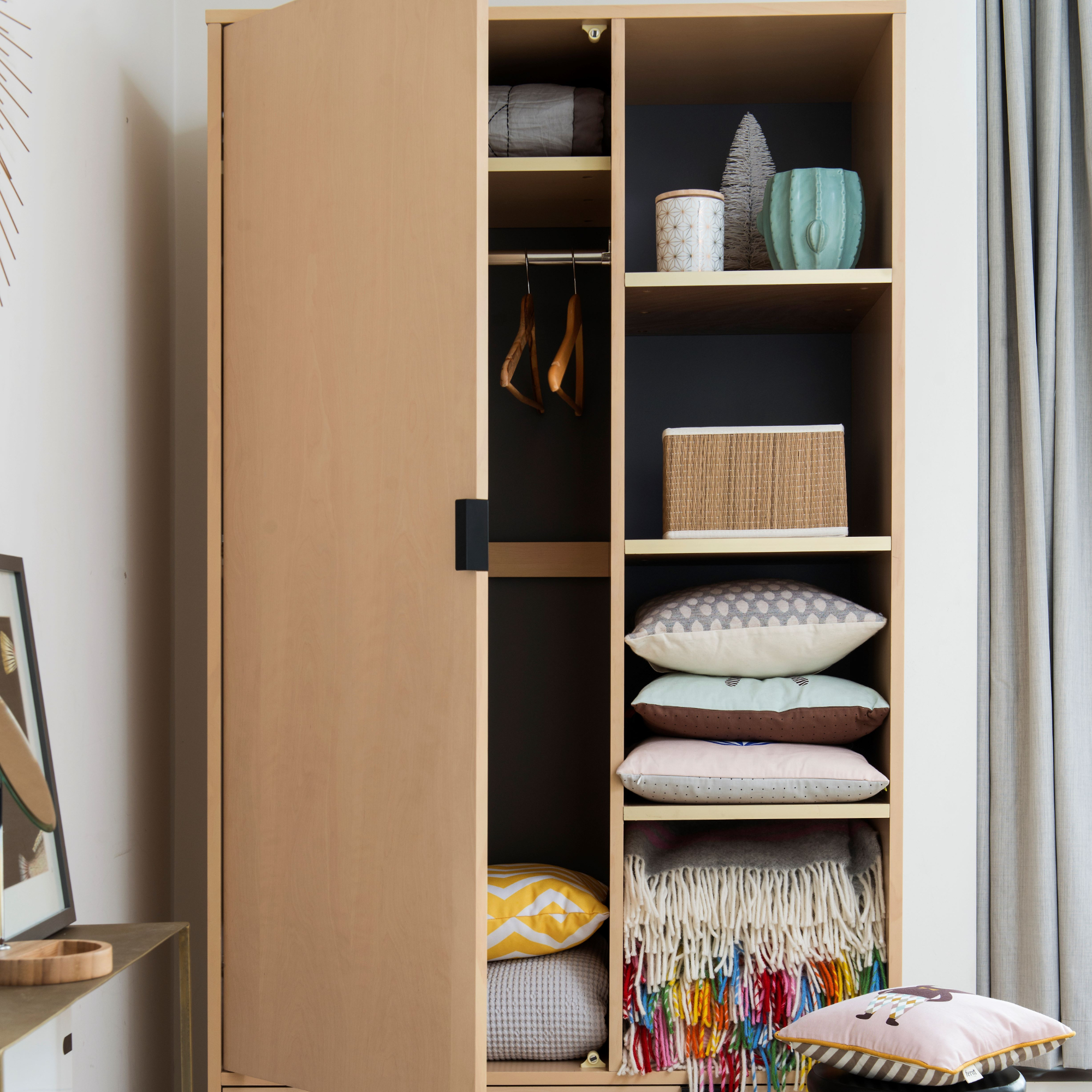
As much as we'd love for decluttering to be something you can simply do once and reap the benefits for, that's unfortunately not how it works as maintaining a tidy home takes discipline.
'Decluttering isn't a one-off task, it needs to be carried out regularly to prevent clutter building up,' says Nicola. 'When it comes to decluttering, think of it as a marathon, not a sprint.'
To keep on top of the chaos, consider incorporating the practice into your weekly Sunday reset routine to keep a clutter-free kitchen and a successfully decluttered bedroom.
7. Overthinking it vs 'just doing it'
Another mistake a lot of people fall victim to (us included), is overthinking the decluttering process. Instead of simply getting it done, we spend our time reading up on the latest decluttering method trying to grasp at straws for inklings of inspiration.
'If you know that you are unlikely to get going on your decluttering journey yourself, enlist a friend or talk to a professional what they can offer,' advises Victoria Fearnley, APDO member and founder of Surrey Decluttering.
'Having a professional declutterer onboard is like having your very own PT (but for organising your home!), keeping you motivated, on task, on time, and accountable.'
8. Having no exit strategy
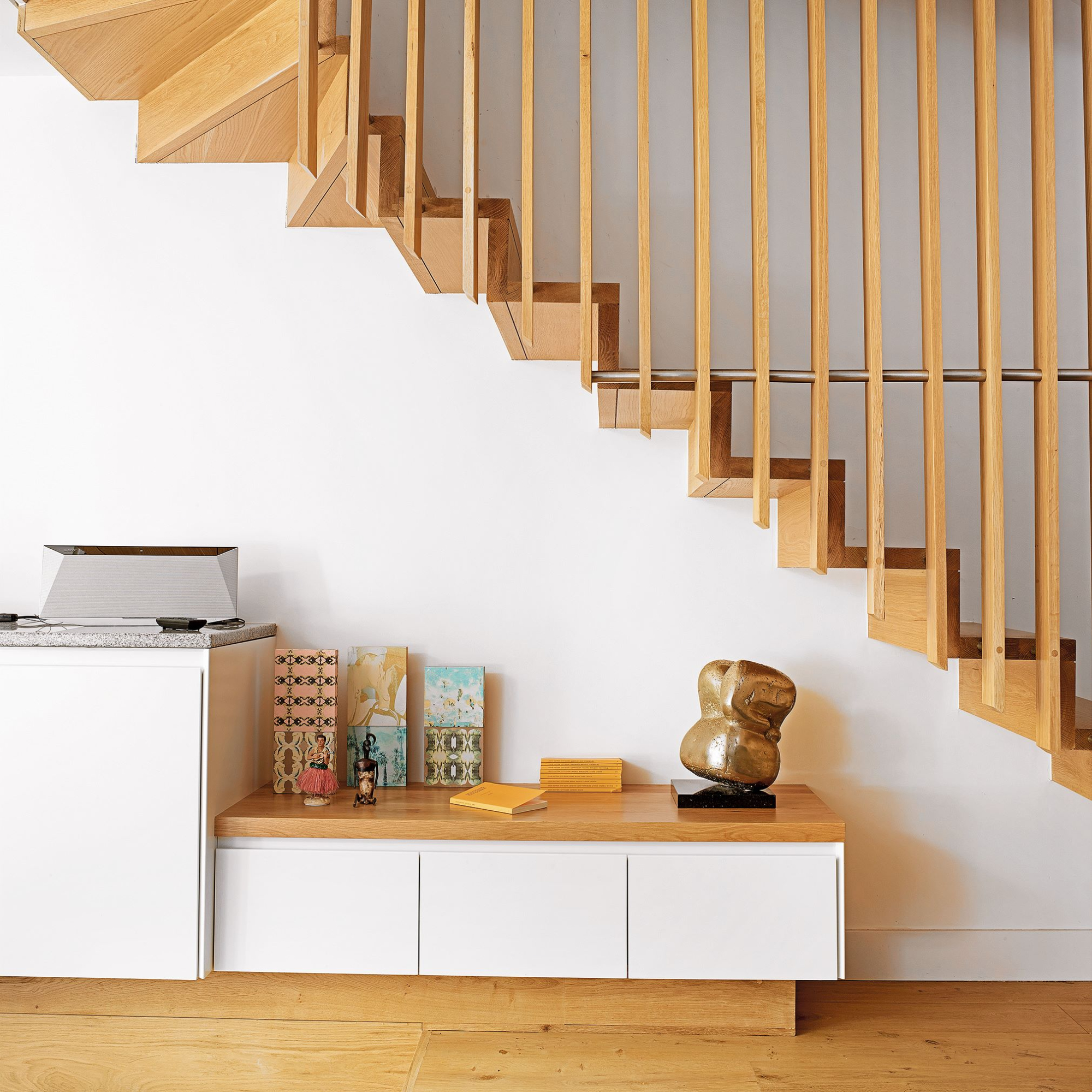
Last, but certainly not least is failing to plan an exit strategy for all your decluttered items. Yes, you've succeeded in doing the decluttering, but where exactly do you plan to put everything after the fact?
'When you have no plan for your decluttered items, there’s a chance they’ll end up sitting in bags or boxes, taking up space and potentially finding their way back into your living spaces,' cautions Jennifer. 'Having piles of unwanted items that have nowhere to go lying around your home is ultimately still clutter and is counterproductive to your decluttering efforts.'
To sustainably declutter, consider making a plan and donating or offering items away to friends and family as soon as possible so as to not give them a chance to creep back into your life.
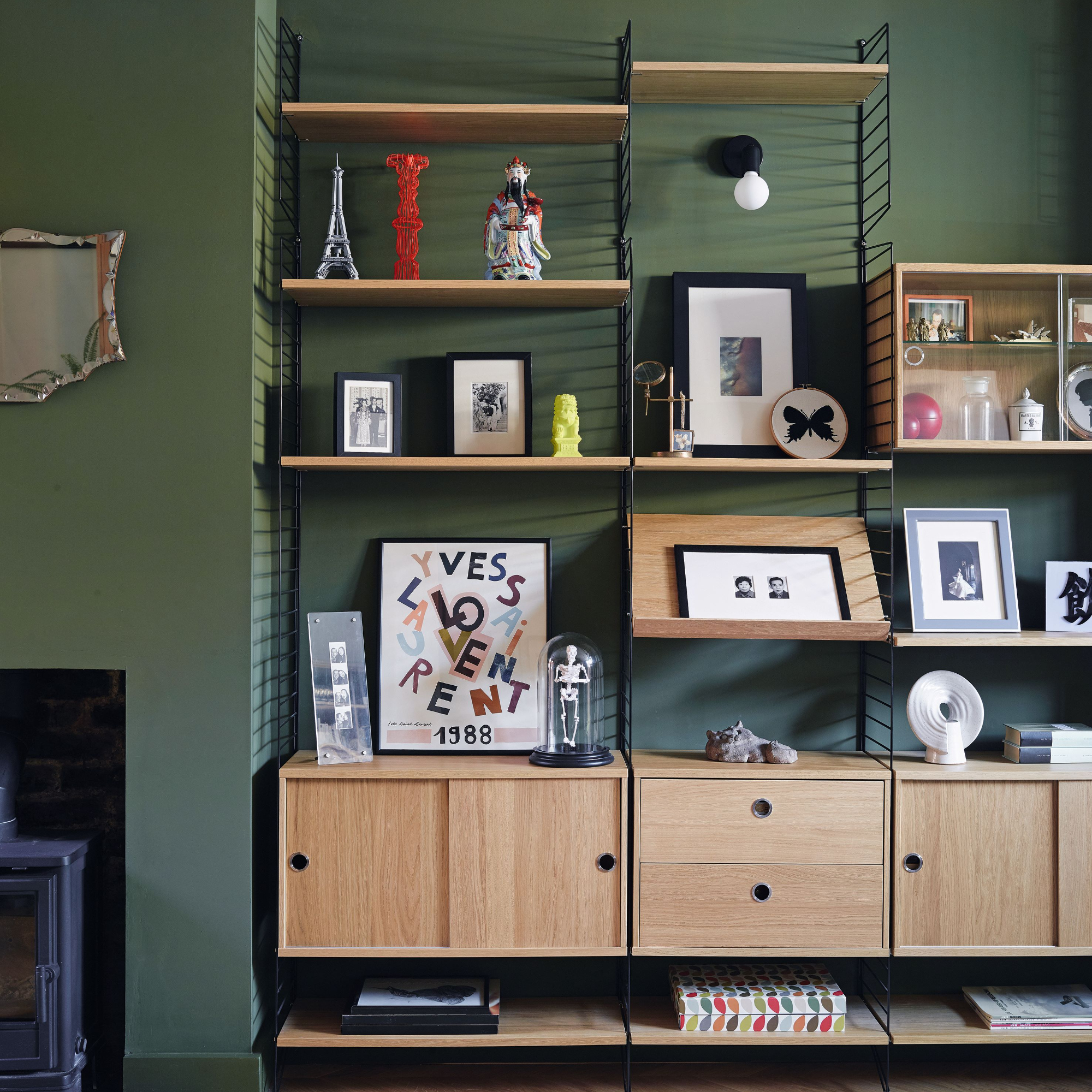
So long as you try your best to steer clear of these common decluttering mistakes, you can rest assured that you're already a step ahead of those also navigating their decluttering journey.
As the experts noted above, decluttering is a marathon, not a sprint. So, take your time, stay on task, and enjoy the process.







